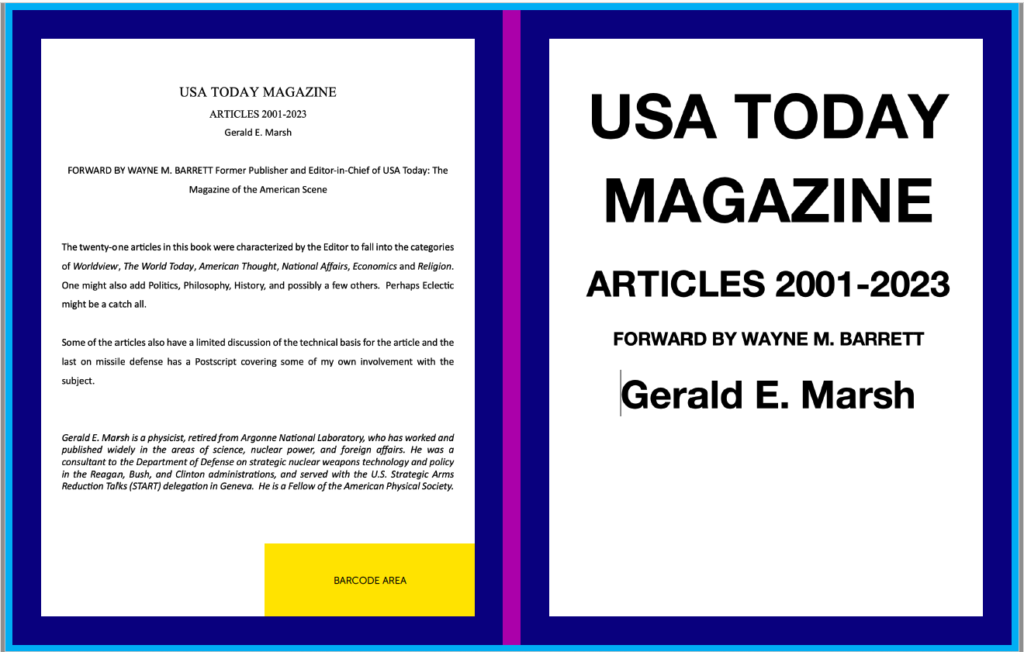A LETTER TO SCIENCE MAGAZINE IN RESPONSE TO AN ARTICLE BY ADRIAN CHO IN THE 21 JULY 2023 ISSUE
To the Editor,
In his article about Oppenheimer Adrian Cho interviewed David Cassidy about Oppenheimer and in his final question stated that “Oppenheimer lost his security clearance in part because he opposed the development of the hydrogen bomb”. This is incorrect and probably comes from the transcript of In the Matter of J. Robert Oppenheimer, published by the Atomic Energy Commission, of the hearings that led to Oppenheimer’s clearance being revoked.
K. D. Nichols, then General Manager of the Atomic Energy Commission surely new that Oppenheimer never opposed the hydrogen bomb, only Teller’s Super. He did so because he thought that the Super would divert valuable resources away from fission weapons development. After a meeting of the GAC held at Princeton during June of 1951, Oppenheimer changed his mind and enthusiastically supported Teller’s new “technically so sweet” approach. This was when he was first exposed to the Teller-Ulam idea for the hydrogen bomb.
It was David Rosenberg, who is now one of the country’s foremost historians of the nuclear age, had succeeded in obtaining a declassified copy of the AEC Thermonuclear Weapons Program Chronology, which gave a clear description of the Super. It was nothing like the description of the hydrogen bomb. I subsequently learned from I. I. Rabi that there had been closed secret sessions during the Oppenheimer hearings where Oppenheimer could well have defended himself against Nichols’ charge by drawing the necessary distinction between the classical Super and the hydrogen bomb. I have no idea to this day whether he did so or not.
